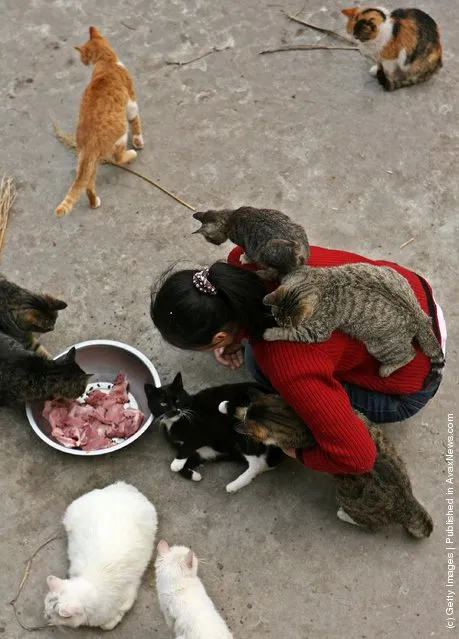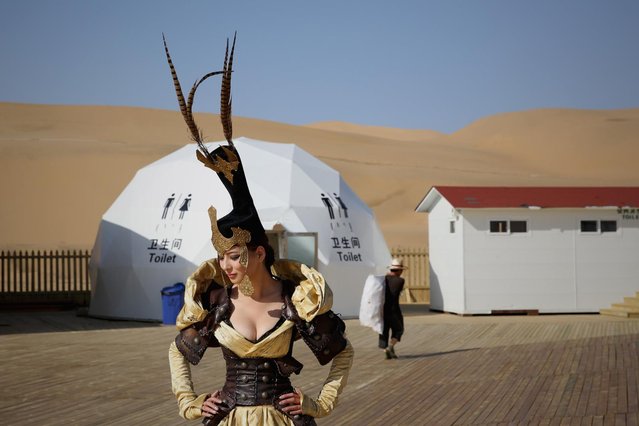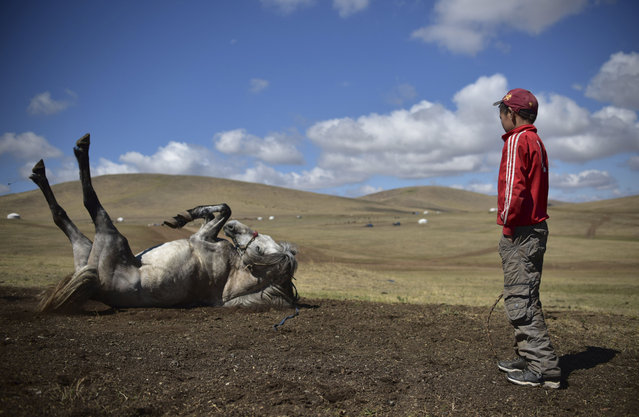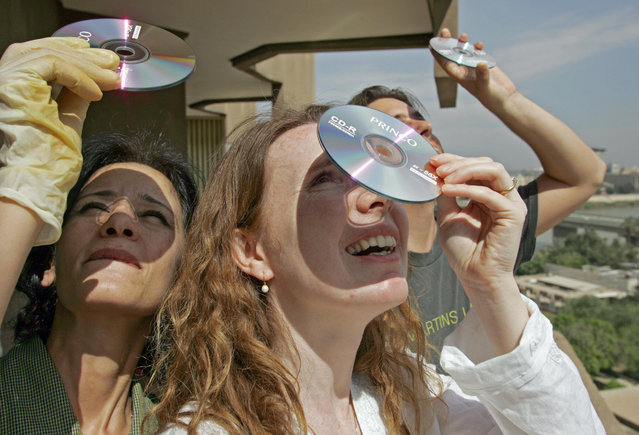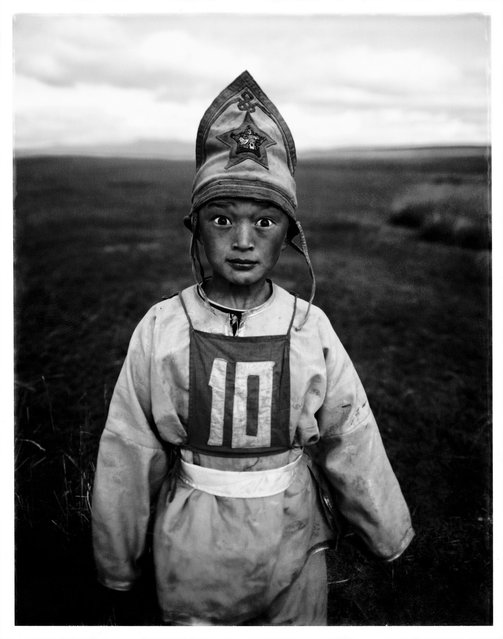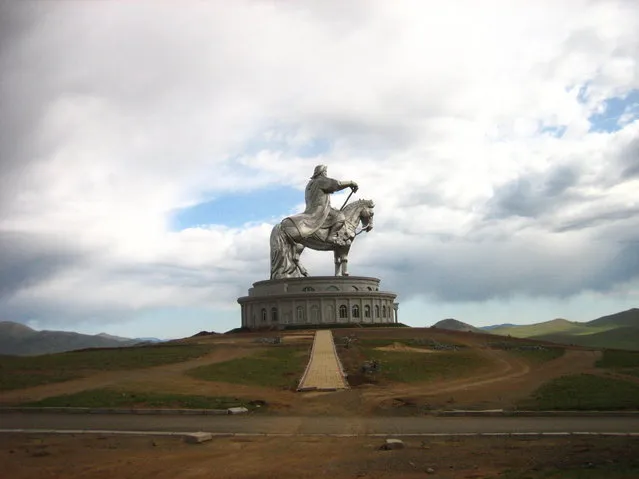
The Genghis Khan Statue is a 40-metre tall statue of Ghengis Khan (1162–1227) on horseback, on the bank of the Tuul River at Tsonjin Boldog (54 km east of the capital Ulan Bator), where according to legend, he found a golden whip.
18 Jun 2012 11:19:00,post received
0 comments

